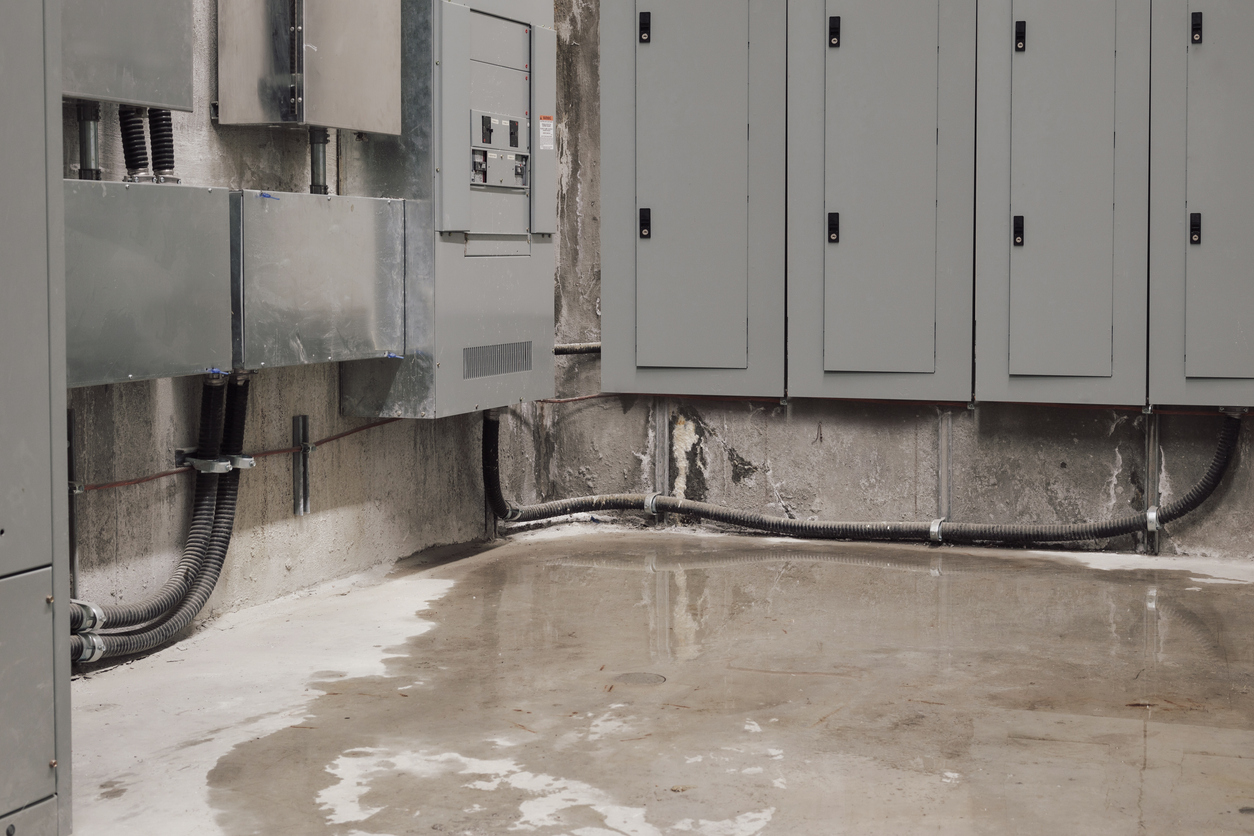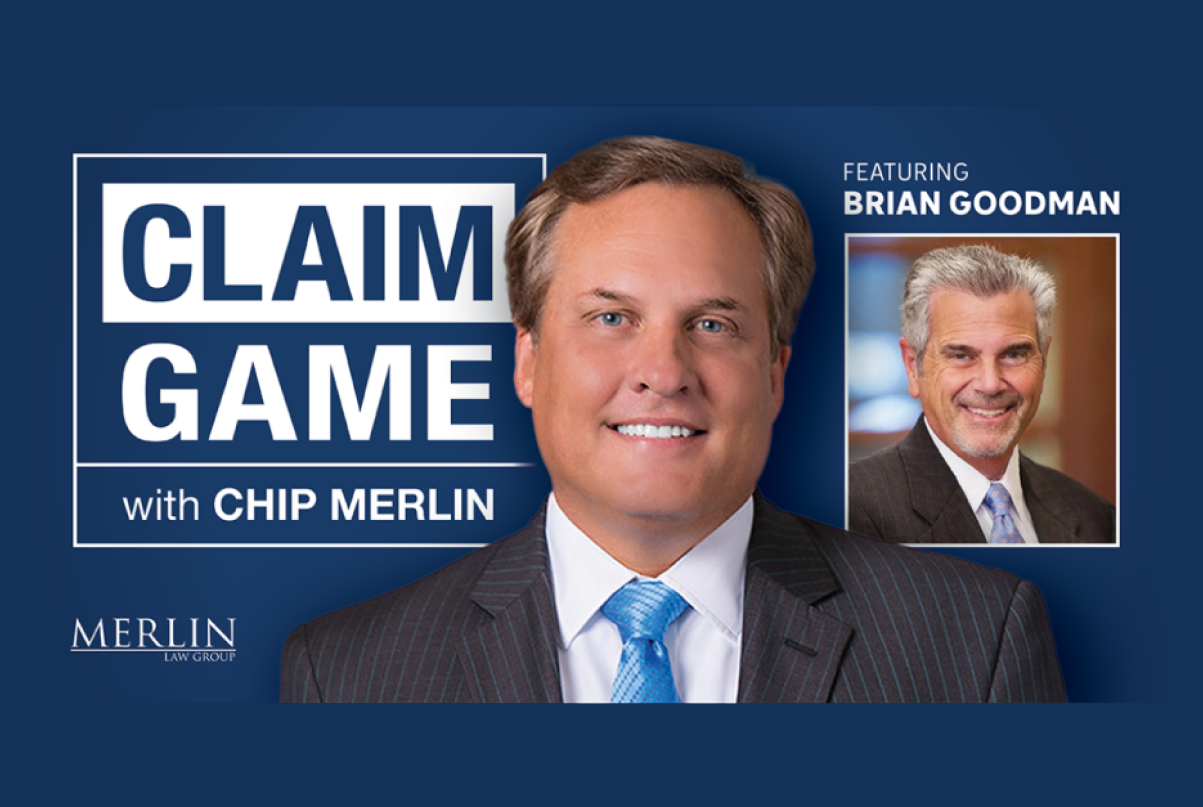The Westminster Dog Show was this week. I started thinking about pets and policyholder insurance. There is actually coverage for pets, which many people may wish to consider purchasing.
The International Risk Management Institute (IRMI) offers a fantastic online resource for insurance information. Many consider it to be superior to the FC&S Bulletins. We subscribe to both, and I used it as a reference for this simple research project.
Regarding the purchase of insurance for pets, the IRMI notes:
Veterinary bills are increasing much faster than the overall rate of inflation. Part of this reason lies in the advancements of medical techniques and the increasing number of veterinarian specialists. These trends, however, come at a price. Performing a magnetic resonance imaging (MRI) exam on the spine of a cat can cost $1,300. Removing a tumor on a dog can cost $3,700, and implanting a pacemaker can cost $5,500. Even dealing with a dislocated ankle can cost upwards of $5,000. As a result, pet insurance sales are increasing rapidly. Should your clients purchase this coverage? If the answer to any of the questions below is yes, they should seriously consider purchasing this coverage.
- Are they willing to go into debt to provide health care for their pet?
- Do they consider the pet an integral member of the family?
- Are they on a fixed or limited income?
- Would they be willing to spend over $4,000 to save the pet in a life-threatening situation?
Finally, if they decide to purchase this protection, they should carefully compare the rates and policy provisions of at least three well-established pet insurers.
Some of my friends have pretty expensive pets. These exotic and expensive pets may need to be insured, wherever they are, under an inland marine form of coverage called a “Live Animal Floater.” I imagine some of the champions at Westminster had this type of coverage. It was humorously described by IRMI as follows:
It is not clear why this class specifies live animals. It would not make sense for individuals and families to insure most dead animals, although some that have been stuffed might qualify as fine arts.
Pets often provide great emotional value, but insurance covers only their financial value. Therefore, it is not common to insure ordinary household pets. However, some live animals owned by individuals or families have exceptional monetary value that makes insurance feasible. These include exotic pets or purebreds with special value as breeders. For these types of animals, pet insurance is available from some specialty insurers.
It should be noted that damages caused by pets are excluded under most forms of policies. These are listed as additional exclusions in the HO 3 standard form:
(6) Any of the following:
(a) Wear and tear, marring, deterioration;
(b) Mechanical breakdown, latent defect, inherent vice, or any quality in property that causes it to damage or destroy itself;
(c) Smog, rust or other corrosion, or dry rot;
(d) Smoke from agricultural smudging or industrial operations;
(e) Discharge, dispersal, seepage, migration, release or escape of pollutants unless the discharge, dispersal, seepage, migration, release or escape is itself caused by a Peril Insured Against named under Coverage C.
Pollutants means any solid, liquid, gaseous or thermal irritant or contaminant, including smoke, vapor, soot, fumes, acids, alkalis, chemicals and waste. Waste includes materials to be recycled, reconditioned or reclaimed;
(f) Settling, shrinking, bulging or expansion, including resultant cracking, of bulkheads, pavements, patios, footings, foundations, walls, floors, roofs or ceilings;
(g) Birds, vermin, rodents, or insects; or
(h) Animals owned or kept by an "insured"
The IRMI had a very interesting discussion about this exclusion and a warning about the ability to collect:
Exclusion (6)(h) removes coverage for any losses due to animals owned or kept by an insured. There are those who would argue that by placing the exclusion of animal damage in this list, the policywriters intended to exclude only long-term damage done by the insured’s animals. Those who argue this point would say that the principle of ejusdem generis applies and that all items in the list should be read in the same context, i.e. as damages occurring over a period of time.
To clarify, Black’s Law Dictionary (5th ed.), says this about the principle of ejusdem generis: "Where general words follow an enumeration of persons or things, by words of a particular and specific meaning, such general words are to be held as applying only to persons or things of the same general kind or class as those specifically mentioned." In the case of this exclusion, the principle of ejusdem generis should be applied within paragraphs, but not between paragraphs.
The principle of ejusdem generis is properly applied to exclusions (6)(b) and (c) as follows.
(b) Mechanical breakdown [specific item], latent defect [specific item], inherent vice [specific item], or any quality in property that causes it to damage or destroy itself. Note that the fourth item represents a general expansion which would be limited under rule of ejusdem generis to other items like the ones listed in this paragraph (6)(b)(1) only.
(c) Smog [specific item], rust [specific item] or other corrosion. Again, the third item represents a general expansion which would be limited under rule of ejusdem generis to other items like the ones listed in this paragraph only.
Those who argue that the policy excludes only long-term damage by animals also cite the principle of noscitur a sociis. This principle requires a list of items that conceptually belong to the same family. Again, it applies within paragraphs, but not between paragraphs. For example, noscitur a sociis applies to (6)(a) as follows.
(a) Wear and tear, marring, deterioration—so that the term "marring" would be interpreted under the rule of noscitur a sociis in light of the surrounding items to include physical imperfections caused by gradual erosion.
There is no indication that the items listed in the various paragraphs of exclusion 6 were meant to be included in the same conceptual family. "Wear and tear" (6)(a) is a mechanical process and is not part of the same conceptual family as "animals owned or kept" in paragraph (6)(h).
Thus, exclusion (6)(h) should be read as eliminating coverage for all damage done by animals the insured owns or keeps. Such animals would include his or her own pets. The exclusion would also apply if the insured were keeping the neighbor’s pet while the neighbor goes on vacation. However, any damage done to the home by a wild animal is covered, but damage done by birds, vermin, or rodents is not, because such losses are specified as not covered in (6)(g).
So, keep your dogs, cats, and other pets loved, happy, trained and, possibly, insured. Somehow, keep them from doing any damage to your home.



